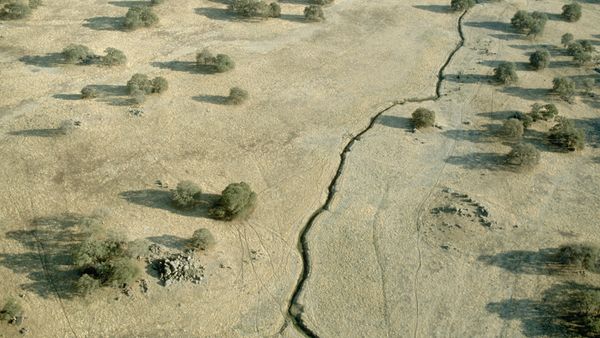On March 11, 2011, a magnitude 9.0 earthquake struck off the coast of Honshu, Japan, sparking a tsunami that not only devastated the island nation, but also caused destruction and fatalities in other parts of the world, including Pacific islands and the U.S. West Coast.
Initial reports were eerily similar to those on Dec. 26, 2004, when a massive underwater earthquake off the coast of Indonesia's Sumatra Island rattled the Earth in its orbit.
Advertisement
The 2004 quake, with a magnitude of 9.1, was the largest one since 1964. But as in Japan, the most powerful and destructive aftermath of this massive earthquake was the tsunami that it caused. The death toll reached higher than 220,000, and many communities suffered extensive property damage.
Scientifically speaking, both of these disasters -- which overshadow other tsunamis in recent history -- followed the same basic sequence of events. In this article, we'll look at what causes tsunamis, the physics that drives them and the effects of a tsunami strike. We'll also examine scientists' worldwide efforts to monitor and predict tsunamis in order to avoid disasters like the one that occurred in the final days of 2004 -- efforts that may have helped save lives in March of 2011.
Find out more about how to classify waves on the next page.

